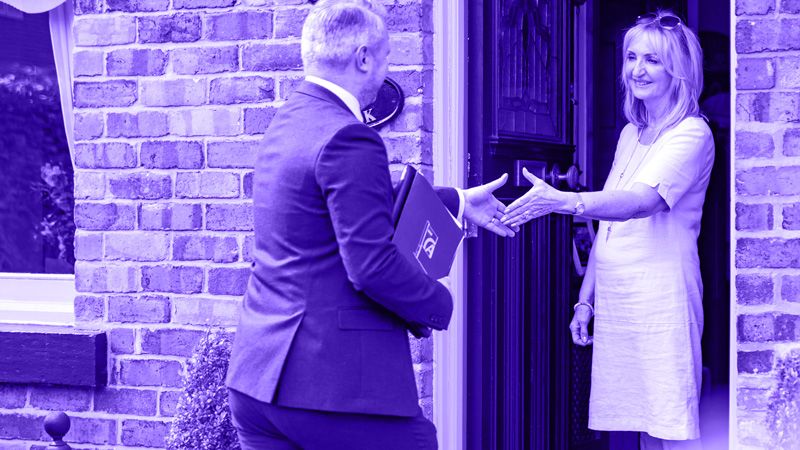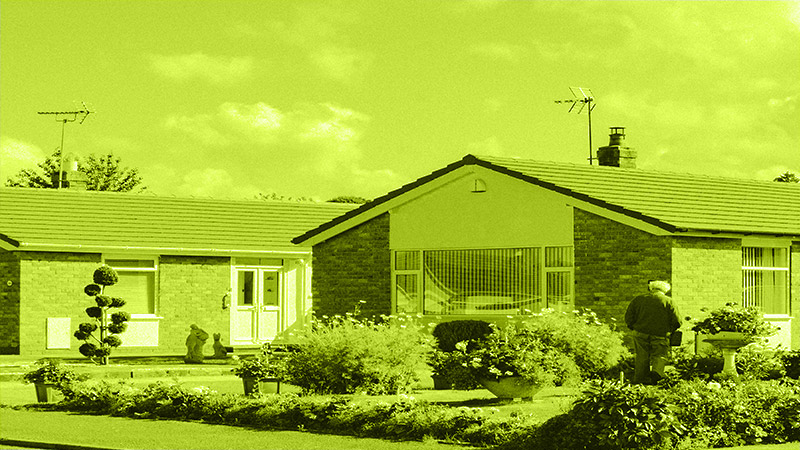For many people, a financial aim in life is to have paid off the mortgage against a property!
However, even when this objective is achieved, situations can occur that require the need to raise additional capital.
The type of mortgage or another borrowing financial product needed would depend on the reasons behind the requirement for a cash injection, as well as factors such as age and personal circumstances.
This article will explore the options available for raising capital against a mortgage-free property including discussing all of the necessary considerations.
What is Remortgaging?
The financial terminology ‘remortgage’ can have multiple meanings as follows:
- The first definition of a re-mortgage is to take out a loan against a property that is already owned outright.
- The other, more common reason for re-mortgaging is when a homeowner swap or changes their mortgage product either due to personal circumstances changing or by switching to a different mortgage (often with a different lender), to benefit from better terms such as lower interest rates.
Like all other borrowings a re-mortgage lender will review an applicant before making an offer of a mortgage, reviewing:
- The financial position of the applicant.
- The value of the property that the proposed borrowing will be secured against.
In addition, with a re-mortgage application where the homeowner owns the property outright, the lender will also be interested in the purpose of the additional borrowing.
Throughout this article we will be focusing on the first type of re-mortgage, where a homeowner has paid off the balance of their original mortgage, however, requires a cash injection for a range of reasons such as pay for home improvements, to consolidate other debts.
We will also discuss other reasons that a re-mortgage may be suitable, such as seeking to let out a property, which may not be permitted under current mortgage terms.
Related reading:
- Reasons for remortgaging.
- Remortgaging to release equity.
- Remortgaging to buy another property.
- Remortgaging with bad credit.
- Remortgaging for home improvements.
- I own my house outright can I remortgage?
- Capital raising mortgages.
How much can I borrow when remortgaging?
The maximum values that a lender will typically loan via a re-mortgage will depend on two factors:
- The Loan to Value (LTV) is set by each lender, however typically the maximum LTV available is around 80%, meaning that a lender may offer to lend £80,000 for every £100,000 of value in an owned property. The value of the property will be the leading factor for calculating the maximum loan value and will be independently valued as part of the re-mortgaging process.
- The maximum loan offered will also depend on the personal circumstances of the applicant. All lenders apply affordability factors, reviewing an applicant’s level of income and expenditure to ensure that the loan can be comfortably repaid.
What are the costs of remortgaging?
There are costs applicable to re-mortgaging such as; application fees, arrangement fees, valuation fees and transaction fees, in addition to the interest payable.
Therefore, it is important to undertake sufficient research before applying for a re-mortgage, ensuring that it is the most cost-effective option to achieve the objective. A financial broker can help with the process of comparing different financial products that best suit the needs of the applicant.
What is the process of remortgaging?
The re-mortgaging process does not overly differ from that of applying for a standard mortgage as similar information is required to be reviewed by a lender, following which an underwriting process begins, ensuring that the applicant and property meet the lending criteria.
A property valuation and survey will be undertaken during the application process and if the application is deemed successful, a mortgage offer can be issued.
Raising Funds to Consolidate Debts
One scenario we have briefly mentioned is where a homeowner owns their property outright but would like to raise funds to consolidate debts.
The main consideration for debt consolidation is securing the borrowing against an asset, for example, the property, as existing debts may not be secured. There is a benefit to secured borrowing as typically lower interest rates would be achieved, however, there is also the ultimate risk that if repayments are not kept up to date, the asset linked to the mortgage could be seized by the lender.
With any debt consolidation exercise, it is worth undertaking research into the fees involved to move the borrowing, ensuring that the transfer will save money. Re-mortgaging often will incur costs such as arrangement fees, valuation fees and bank transfer fees, therefore it is important to ensure that there will be an overall benefit before proceeding.
Any re-mortgage offer would be subject to meeting the lending criteria and therefore, before submitting an application it is important to check that the criteria and affordability checks will be met.
It is also worth noting that some lenders do not offer mortgages for debt consolidation, and therefore for advice on which lenders to approach, contact an independent financial advisor.
Buy to Let Mortgages
Should a homeowner own their property outright however they are interested in exploring the option of renting out their current property, meanwhile purchasing another property to live in, a buy to let mortgage may be suitable. A buy to let mortgage would enable capital to be raised from the owned property, whilst being an appropriate financial product for letting out.
There are many considerations when letting out the property such as health and safety requirements, energy efficiency legislation and insurance and therefore plenty of research is required into the costs and timescales of obtaining the necessary documentation before committing.
How does remortgaging differ from equity release?
A re-mortgage is a significantly different financial product from an equity release. With an equity release, the ownership of the property is altered and also there are different application criteria, such as age limits. Typically, an equity release product will only be available to those over 55 years old.
Equity release is the process of withdrawing some of the equity owned from property to generate a cash lump sum, a source of regular income or a combination of both.
With equity release, the homeowner can continue to live within the property either:
- Until the sale of the property,
- Until a move is required such as into a care home,
- Or until death.
Often the end of an equity release agreement is by the settlement of the capital plus interest payable following the sale of the property.
Equity release products can be appealing as there are no repayments due until the sale of the property, however, as with any financial decision, there are considerations and therefore it is highly recommended that independent legal advice is sought before making any commitments.
Capital raising on property owned outright summary
Remortgaging can provide a way of generating a cash lump sum for an array of purposes, as long as the applicant meets the lenders borrowing criteria. There are a number of factors to consider when looking into re-mortgage such as sourcing the most appropriate financial product as well as the affordability of the repayments.
A financial adviser can provide assistance with reviewing your personal circumstances and advising the most appropriate financial solution whilst comparing the financial products available to find the best deal.
Call us today on 03330 90 60 30 or feel free to contact us. One of our advisors will be happy to talk through all of your options with you.

















